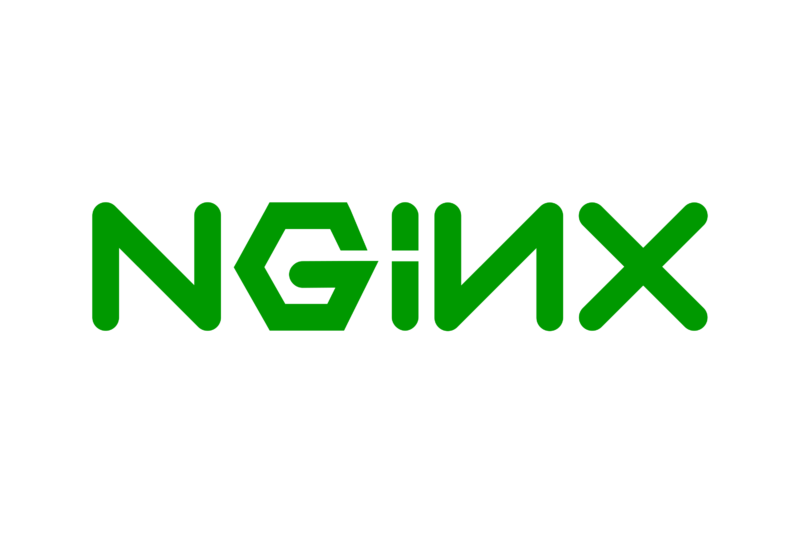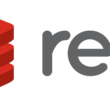In the intricate tapestry of web servers, NGINX has emerged as a stalwart, celebrated for its unparalleled performance, resource efficiency, and scalability. Yet, as digital landscapes evolve and projects diversify, the quest for the ideal NGINX alternative becomes a strategic exploration. This journey involves unraveling the distinct features of NGINX, understanding its limitations, and pinpointing what sets it apart.
Join us as we delve into the dynamic realm of web servers, exploring commonly used NGINX alternatives, each with its unique strengths and applications. From the time-tested Apache HTTP Server to the modern simplicity of Caddy and the load-balancing prowess of HAProxy, we navigate the landscape to help you make an informed decision. So, let’s embark on this expedition to find the perfect NGINX alternative that aligns seamlessly with your dynamic web solutions.
Exploring NGINX and Its Dynamics
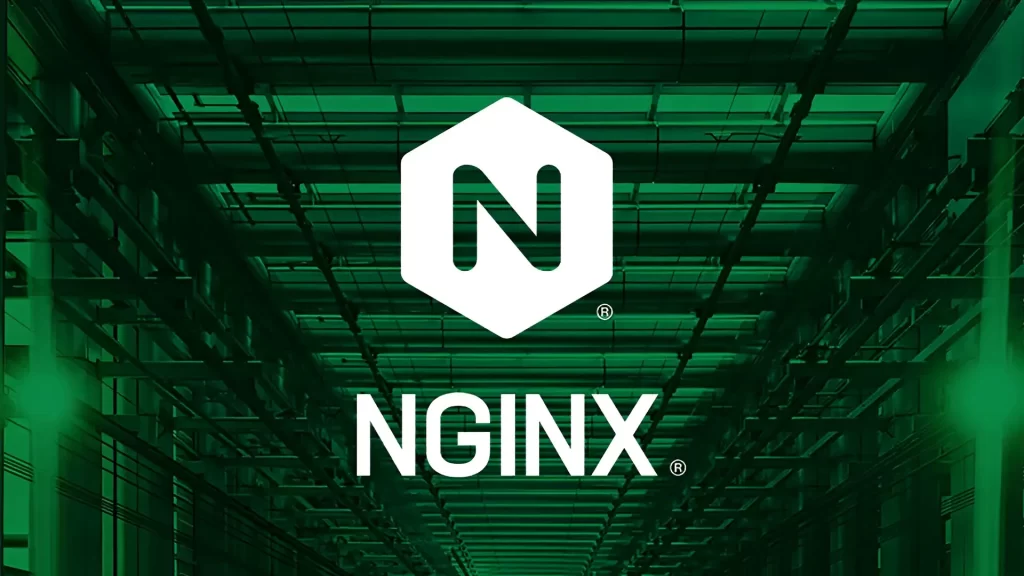
Unraveling the Features of NGINX
- Exceptional Performance: NGINX stands out for its remarkable performance, delivering high-speed content delivery and efficiently handling a large number of simultaneous connections.
- Low Resource Consumption: Its lightweight design ensures minimal resource consumption, making it an efficient choice for various server environments.
- Scalability: NGINX’s architecture is designed to scale seamlessly, making it suitable for projects with varying levels of traffic and resource demands.
- Asynchronous, Event-Driven Architecture: The asynchronous, event-driven architecture of NGINX contributes to its efficiency in handling concurrent connections and serving static content swiftly.
Unveiling the Limitations of NGINX
- Dynamic Content Processing Challenges: While NGINX excels at serving static content, it may face challenges with the processing of dynamic content, impacting its suitability for certain use cases.
- Configuration Complexity: The configuration of NGINX can be intricate, requiring a deeper understanding of its settings and directives, which may pose a challenge for those new to the server.
- Learning Curve: Administrators and developers new to NGINX may experience a learning curve, especially when compared to servers with more straightforward configurations.
- Limited Support for Dynamic Modules: NGINX’s modular architecture is geared towards static modules, and incorporating dynamic modules may present challenges or limitations in certain scenarios.
What Sets NGINX Apart?
NGINX stands out due to its asynchronous, event-driven architecture, making it ideal for handling a large number of simultaneous connections efficiently. Its lightweight design and ability to serve static content swiftly contribute to its popularity.
The Need for an NGINX Alternative
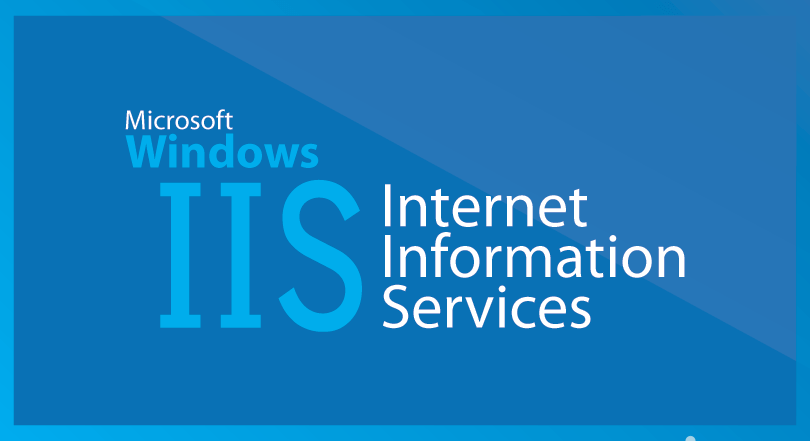
1. Evaluating Use Case Specificity
In the fast-paced evolution of technology, projects often demand tailored solutions. Assessing the specific use cases and requirements of a project becomes paramount in determining whether an NGINX alternative might better align with these unique needs.
2. Overcoming NGINX Limitations
NGINX, while robust in many aspects, has its limitations, particularly in handling dynamic content and certain configurations. Exploring NGINX alternatives becomes imperative when seeking solutions that address these limitations head-on, providing a more seamless fit for particular project requirements.
3. Diversifying Project Portfolios
As digital landscapes diversify, so do the projects that inhabit them. The need to explore NGINX alternatives arises not only from limitations but also from the desire to diversify project portfolios. Different web servers offer distinct advantages, and exploring alternatives ensures a well-rounded approach to web infrastructure.
4. Strategic Decision-Making for Project Fit
Choosing a web server is not a one-size-fits-all endeavor. It requires a strategic approach that considers the nuances of each project. The quest for an NGINX alternative is, at its core, a strategic decision aimed at finding the perfect match for the project’s unique dynamics and future growth.
Commonly Used NGINX Alternatives For Dynamic Web Solutions
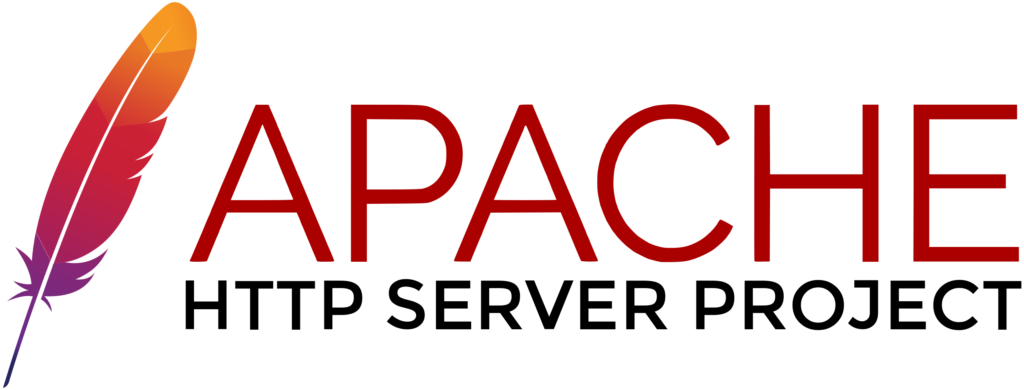
1. Apache HTTP Server (httpd)
Overview:
Apache HTTP Server, commonly known as Apache, stands as a venerable titan in the realm of web servers. Renowned for its extensibility and module support, Apache presents a versatile NGINX alternative. Its time-tested architecture, honed over decades, offers a unique blend of reliability and flexibility.
Performance and Scalability:
While Apache may not match NGINX’s sheer performance in serving static content, its strength lies in its robust module system. This system allows administrators to tailor the server to specific needs, making it an ideal choice for dynamic content-heavy applications. Apache’s adaptability positions it as a steadfast contender in the web server arena.
2. LiteSpeed Web Server
Overview:
LiteSpeed Web Server emerges as a commercial alternative to both Apache and NGINX, emphasizing superior performance and efficiency. With a focus on scalability, LiteSpeed aims to outshine other servers in resource utilization, making it an intriguing choice for those seeking a performance-driven solution.
Noteworthy Features:
LiteSpeed’s automatic HTTPS support and user-friendly interface contribute to its appeal. The server strikes a balance between cutting-edge performance and ease of use, positioning itself as a competitive option for those navigating the complexities of dynamic web solutions.
3. Caddy
Overview:
Caddy, a modern and open-source web server, injects simplicity into the landscape. Known for its automatic HTTPS configuration by default, Caddy offers a streamlined approach to web server setup. Its design caters particularly well to small to medium-sized projects seeking an uncomplicated yet robust solution.
Ease of Use:
Caddy’s user-friendly configuration and built-in HTTPS support simplify the setup process. The server’s approachability makes it an attractive option for developers and administrators who prioritize a straightforward setup without compromising on modern features.
4. Microsoft Internet Information Services (IIS)
Overview:
Microsoft Internet Information Services (IIS) takes center stage as a web server intricately woven into the fabric of Windows Server. Crafted by Microsoft, IIS boasts tight integration with the Windows operating system, offering a solution deeply entwined with Microsoft technologies.
Windows Integration:
IIS excels in environments where Windows technologies play a pivotal role. Its seamless integration with Windows Server, coupled with robust support for Microsoft-centric technologies, positions it as the natural choice for projects deeply rooted in the Microsoft ecosystem.
5. Cherokee
Overview:
Cherokee, an open-source web server, strides onto the scene with a focus on performance, ease of use, and flexibility. Supporting technologies such as FastCGI and uWSGI, Cherokee caters to a diverse range of web applications, carving a niche for itself in the competitive web server landscape.
Flexibility and Extensibility:
Cherokee’s support for a variety of technologies, combined with its emphasis on performance, makes it a compelling choice. The server’s modular architecture provides flexibility and extensibility, allowing users to tailor the server to their specific needs.
6. HAProxy
Overview:
While not a conventional web server, HAProxy emerges as a powerful player in the realm of load balancing and reverse proxy. Its primary strength lies in evenly distributing incoming network traffic across multiple servers, ensuring high availability and optimal performance.
Load Balancing Prowess:
HAProxy’s load-balancing capabilities make it a reliable solution for projects with high traffic and stringent load-balancing requirements. Its role extends beyond traditional web serving, contributing to enhanced resilience and efficiency in complex network architectures.
7. OpenLiteSpeed
Overview:
OpenLiteSpeed, the open-source sibling of LiteSpeed Web Server, positions itself as a high-performance, user-friendly web server solution. With a focus on efficiency and simplicity, OpenLiteSpeed inherits the performance-centric approach of its commercial counterpart.
Performance and Resource Efficiency:
OpenLiteSpeed’s lightweight nature and user-friendly configuration contribute to its suitability for projects where simplicity and efficiency are paramount. As a versatile alternative, it caters to a spectrum of web applications, offering a compelling balance between performance and resource efficiency.
This expanded information provides a more comprehensive understanding of each NGINX alternative, offering insights into their strengths, features, and potential use cases.
8. Apache Tomcat
Overview:
Apache Tomcat diverges from traditional web servers, positioning itself as a servlet container designed to execute Java servlets and render JavaServer Pages. While not a direct replacement for NGINX, it plays a pivotal role in dynamic web applications, particularly those built on Java technologies.
Java Servlet Execution:
Tomcat’s primary strength lies in its ability to execute Java servlets, providing a robust environment for the development and deployment of Java-based web applications. Its servlet container architecture caters specifically to projects leveraging Java technologies. With Apache Tomcat, projects that demand Java-based web solutions find a niche alternative, showcasing the diversity within the web server landscape.
Factors To Consider While Choosing The Perfect NGINX Alternative

1. Performance Metrics
When delving into the realm of NGINX alternatives, a meticulous examination of performance metrics becomes imperative. Beyond the raw speed and response times, consider the nuanced aspects that align with your project’s goals. Evaluate throughput capabilities to gauge the server’s efficiency in handling concurrent connections. Scrutinize resource utilization patterns, ensuring that the chosen alternative optimally uses available resources without unnecessary strain. A comprehensive understanding of these metrics ensures that the selected web server not only meets but exceeds your project’s performance expectations.
2. Compatibility with Project Requirements
The intricacies of project requirements play a pivotal role in the selection of an NGINX alternative. It’s not merely about finding a server with high-performance capabilities; it’s about compatibility with the unique demands of your project. Assess the server’s support for specific technologies integral to your application. Consider how seamlessly it integrates with existing systems and databases. The chosen NGINX alternative should align harmoniously with the technological stack and requirements of your project, ensuring a symbiotic relationship that fosters growth and efficiency.
3. Community Support and Updates
In the dynamic landscape of web servers, the strength of community support and the frequency of updates are paramount considerations. A vibrant and engaged community signifies a wealth of resources, shared insights, and potential issue resolutions. Thoroughly investigate the community forums, GitHub repositories, and user groups associated with each alternative. Beyond the present, look into the historical pattern of updates and improvements. Regular updates not only indicate a commitment to security but also ensure that your chosen alternative evolves with the ever-changing demands of the digital landscape.
4. Ease of Configuration and Management
The user-friendliness of a web server’s configuration and management interface significantly influences day-to-day operations. A convoluted setup process and complex configuration settings can lead to operational bottlenecks. Choose an NGINX alternative that prioritizes an intuitive configuration interface and offers clear, comprehensive documentation. A server with an easy-to-navigate dashboard and well-documented configuration options minimizes the learning curve for your team. The efficiency gained in setup and ongoing management can contribute substantially to the overall productivity and success of your project.
5. Scalability and Future Growth
Anticipating future growth is a cornerstone in the selection of an NGINX alternative. A web server that scales seamlessly alongside your project’s expansion ensures sustained performance and stability. Consider the alternative’s ability to accommodate increased traffic, evolving requirements, and the addition of new features. Scalability is not just about handling more users; it’s about ensuring that the web server can adapt to the dynamic nature of your project without introducing bottlenecks or compromising on performance. A forward-looking approach to scalability ensures that your chosen alternative is not just a solution for today but a partner in your project’s future success.
Conclusion
In the quest for the ideal NGINX alternative, the landscape offers a plethora of choices, each with its unique strengths. Whether it’s the extensibility of Apache, the simplicity of Caddy, or the performance focus of LiteSpeed, the decision hinges on aligning the web server with your project’s specific needs. Careful consideration of performance metrics, compatibility, community support, ease of management, and scalability will guide you toward the perfect NGINX alternative for your dynamic web solutions.




